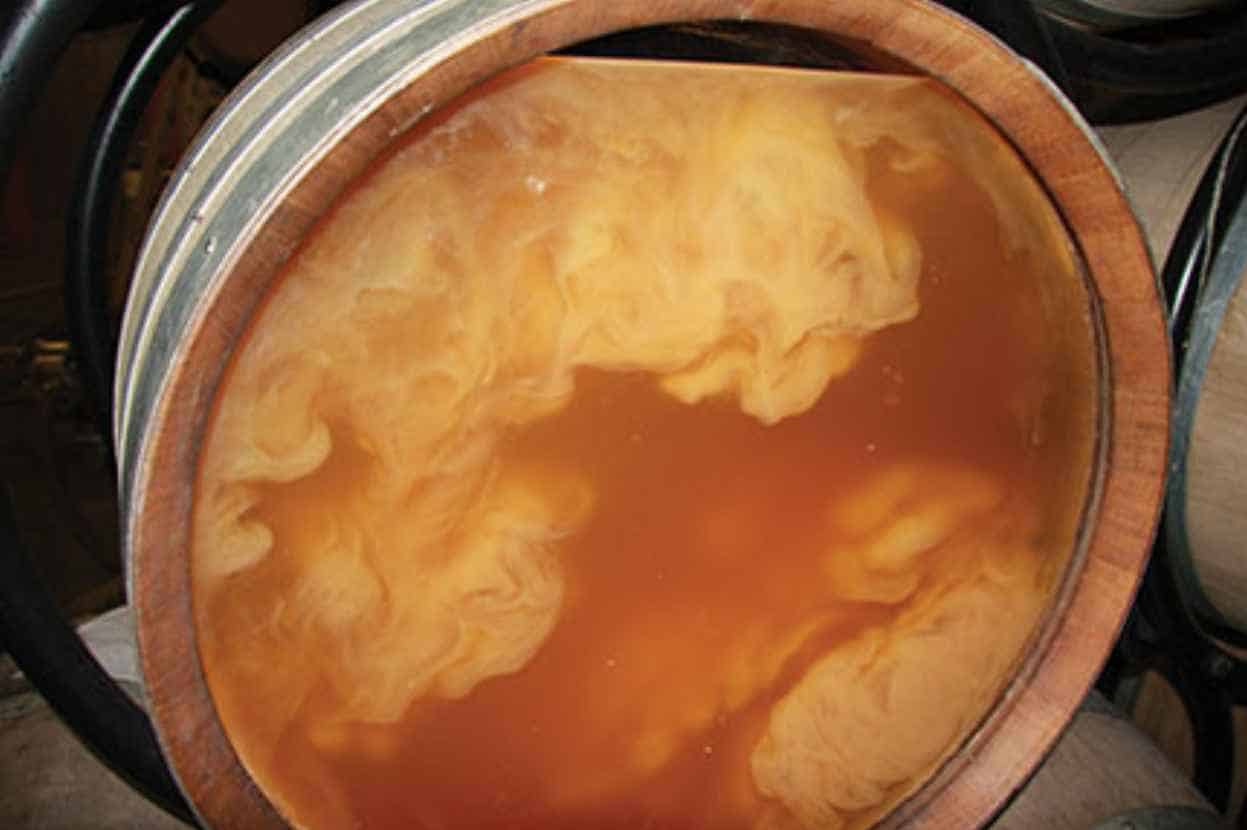If you’re a fan of white wines, you might have noticed the term ‘sur lie’ on some wine bottles, particularly those from the Loire region. But what does this mean?
With this article, let’s tackle what is wine lees and how it can affect your drinking experience!
Understanding Wine Lees

In its essential meaning, wine lees are the dead yeast that accumulates at the bottom of the barrel from the winemaking process. If you’re familiar with making wine, you’ll know that active yeast is added to the pressed grapes to start the fermentation process.
This yeast turns the sugar into alcohol and carbon dioxide. Of course, these active yeasts have a lifespan. Once their cycle is done, the particles will settle in the bottom of the barrel.
The result is a large number of dead cells. Wine lees even take about 15% of the total weight of the fermented wine produced before it’s clarified.
It’s important to remember that the presence of wine lees doesn’t automatically mean the wine has low quality. Although, they can look quite unappetizing at first glance. In fact, some wines might even taste better since the lees can add complexity to their flavor and texture.
Can You Taste Lees in Wine?
Yes, you can indeed detect the presence of lees in wine. However, it’s more nuanced than a simple yes or no.
It’s important to note that the lees in wine are often clarified and kept to a minimum, which means lees aren’t directly discernible through taste. Its influence is perceived indirectly through the way it modifies the wine’s characteristics. You may recognize flavors reminiscent of bread, honey, and almonds when savoring such wine.
How do Wine Lees Form?
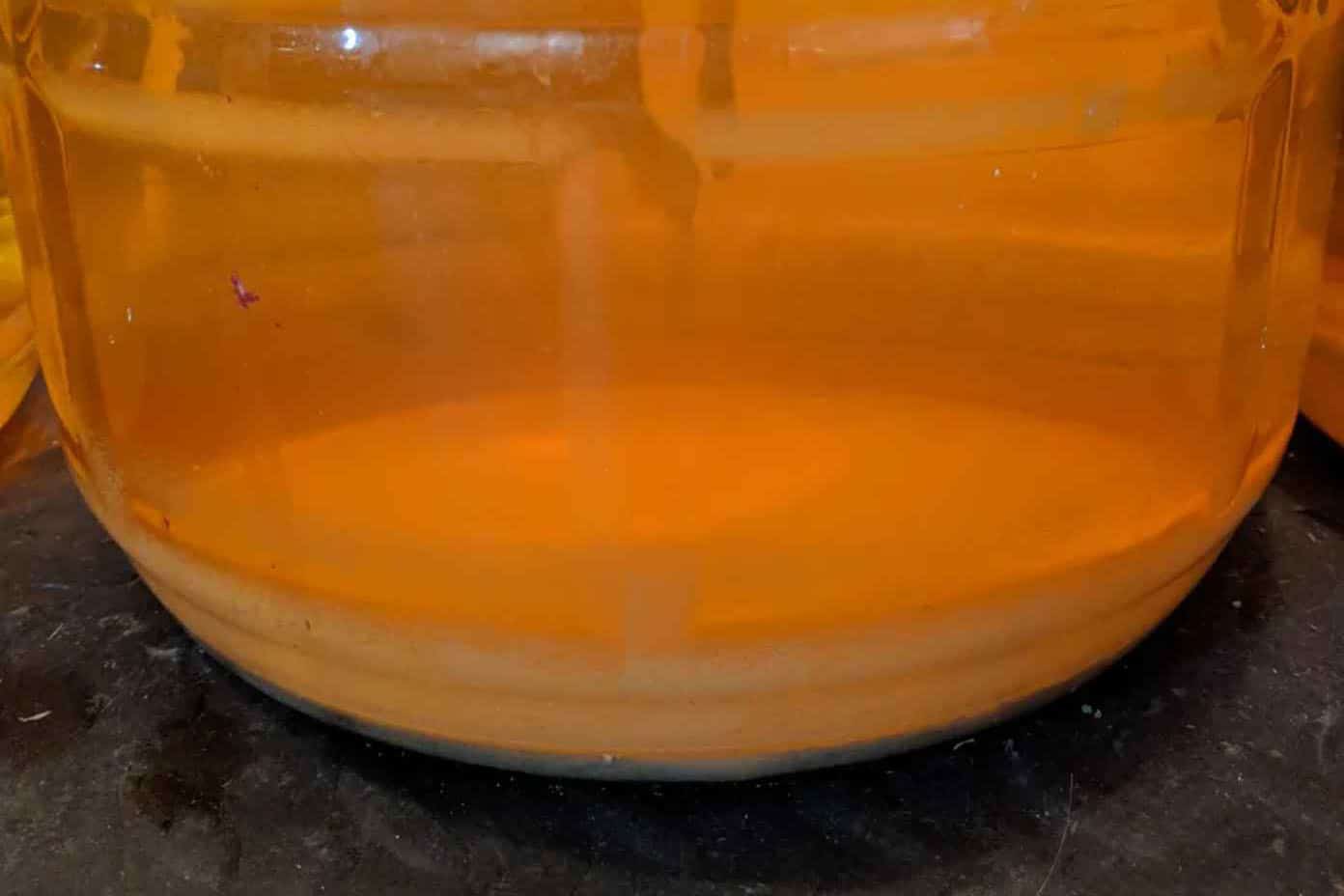
Wine lees start with the introduction of the active yeast particles into the pressed grapes. This will start the fermentation process, but how?
Yeast is a live fungus that thrives in consuming sugar. As they start the consumption of glucose, two by-products will be formed: alcohol and CO2.
But, when the fermentation is going on for a long time, a third product shows up: lees.
Factors Contributing to the Formation of Wine Lees
Many factors contribute to the amount and number of this by-product. It often comes to:
- Yeast Strain: The type of wine yeast you will use can factor a lot into the formation of lees. It can dictate the amount and even the flavor notes present in the wine. The strain will also trigger a faster production of lees.
- Aging Duration: The duration of the aging process can contribute to the amount of lees to settle in your vat. The longer the aging, the more lees will form. This is because a lot more active yeast dies during the process.
- Clarification: Clarification is the process of removing impurities and other particles to improve the texture of the wine. That said, most sur lie type of wine uses the lees in the aging. Thus, it can only minimize the amount to a small degree.
- Red Wines: Red wines produce larger amounts of lees than other varieties of wine. As red wines use the skin during the pressing and fermentation, more by-products also settle at the bottom of the vats.
Types of Wine Lees
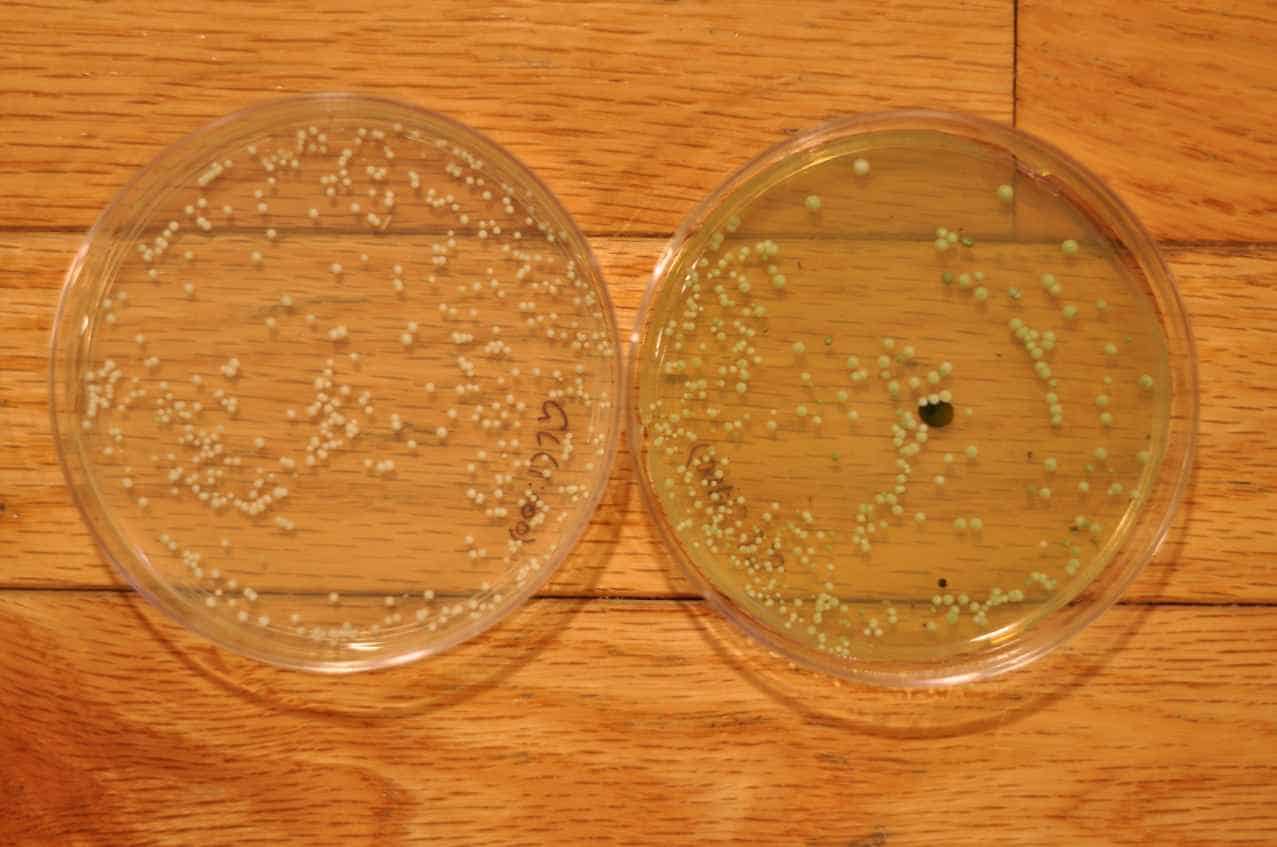
Wine lees do not result in the same type. Depending on the type and methods of the winemaking process, it can result in either of these two:
Gross Lees
It’s understandable to get a bit thrown off by the name of gross lees, but don’t be fooled into thinking they’re off-putting. Its “gross” name really alludes to more of an interesting and coarse texture than unpleasantness. It’s part of the early wine fermentation and contains grape skin materials and yeast cells.
This revitalizes the sulfur oxide properties and makes the wine more pungent. However, you can leave the wine for weeks without any problem.
Not just as long as with fine lees. So, most often, gross lees are discarded as the wine goes to the second fermentation stage.
Fine Lees
Now, let’s get into the second type of lees. Fine lees are the ones often used in white and sparkling wines. As the name suggests, it’s finer and a lot milder in flavor than the former type.
If you ever try to clarify or transfer a fermented wine, you’ll notice the smaller amount of particles sitting in the bottom. Most often, fine lees are gathered in the second fermentation stage, resulting in little to no amount of organic compounds.
The results are smaller dead cells and excellent flavor enhancers. Unlike with gross lees, you can leave the wine to age much longer in fine lees. It can show notes of honey, nuts, and yeasty bread.
The Role of Wine Lees in Winemaking
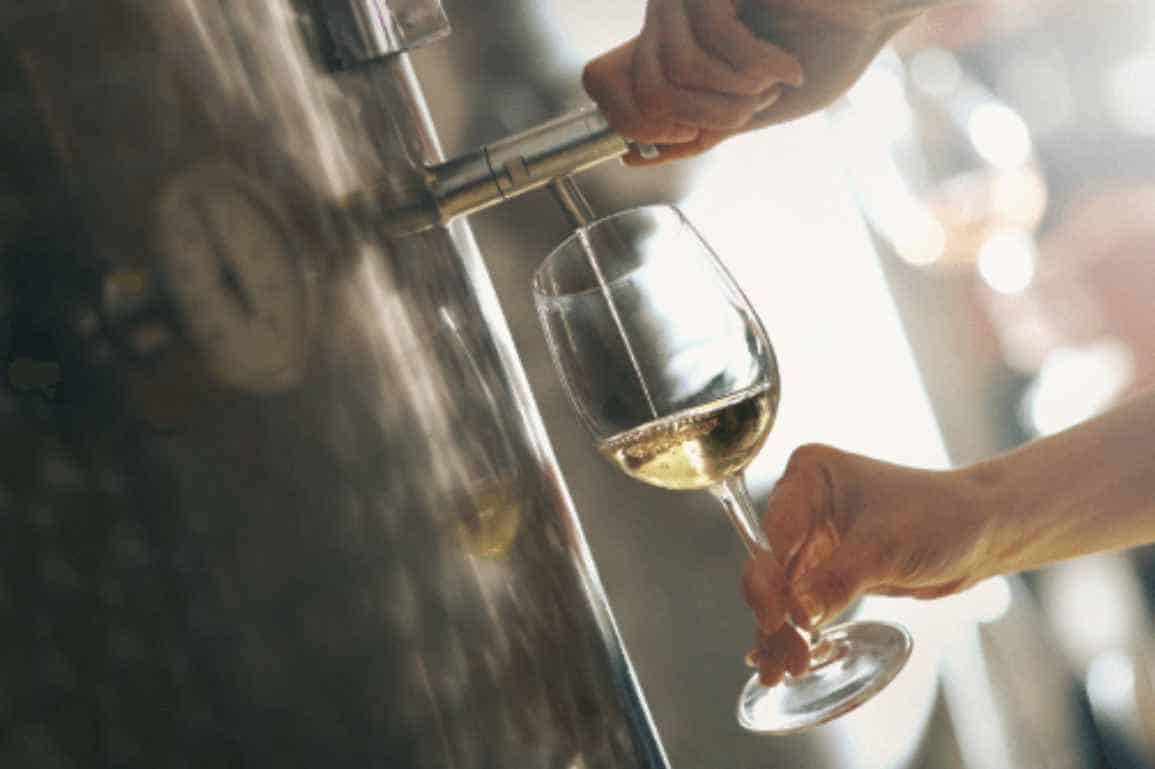
There are many ways these dead yeast cells can impact the making of wine. The most significant one is the process of bâtonnage. What is it exactly?
This method, originating from French winemakers, involves using a large stirrer to slowly incorporate the fine lees into the wine. The process is done again and again as the wine ages, so it can corporate better and the effects can survive the clarification process.
The result is a creamier and richer blend. Many wine connoisseurs often attribute the sought-after qualities of white and sparkling wine to this process.
Other than that, lees can also be found in the process of making red wines. This process uses the other type-the gross lees. A more yeasty flavor can show up by letting the wine sit and age with lees for a few weeks. But, it’s often done for a shorter time, as the presence of sulfur can easily make the wine go bad and pungent.
What are the Benefits of Wine Lees?

On paper, it’s pretty bizarre to use dead yeast as a way to make your drink better. But wine lees offer many benefits to make your wine a lot better than it already is, such as:
Better Stabilization
The addition of lees to wine is a crucial step in creating an excellent flavor profile and preserving the nuances that best communicate each wine’s unique character, particularly regarding red wines. Also, promoting aeration and attenuating sharp sensations provides a smoother sip.
Flavor Enhancement
The flavor enhancement is not just thru the ‘sur lie’ or fine lees method. Flavor enhancement is not limited to white and sparkling wines only; it also applies to red wines. In fact, the flavors of red wines can be better using gross lees.
By allowing the macerated juice to remain in contact with the lees for a brief period (typically a few weeks). The wine experiences improved oxidation and aroma along with more pronounced yeasty characteristics akin to those found in fine lees.
On the other hand, white wines often possess finer lees that impart delightful flavor additions, such as bursts of pastry notes like brioche and honey.
Influence on Mouthfeel and Texture
Due to the bâtonnage process, fine lees can develop a better mouthfeel and texture. It’s often described as silky and creamy to the palate. This benefit is more expected with light and sparkling white wines such as Champagne.
What Are Wines Aged with Lees?
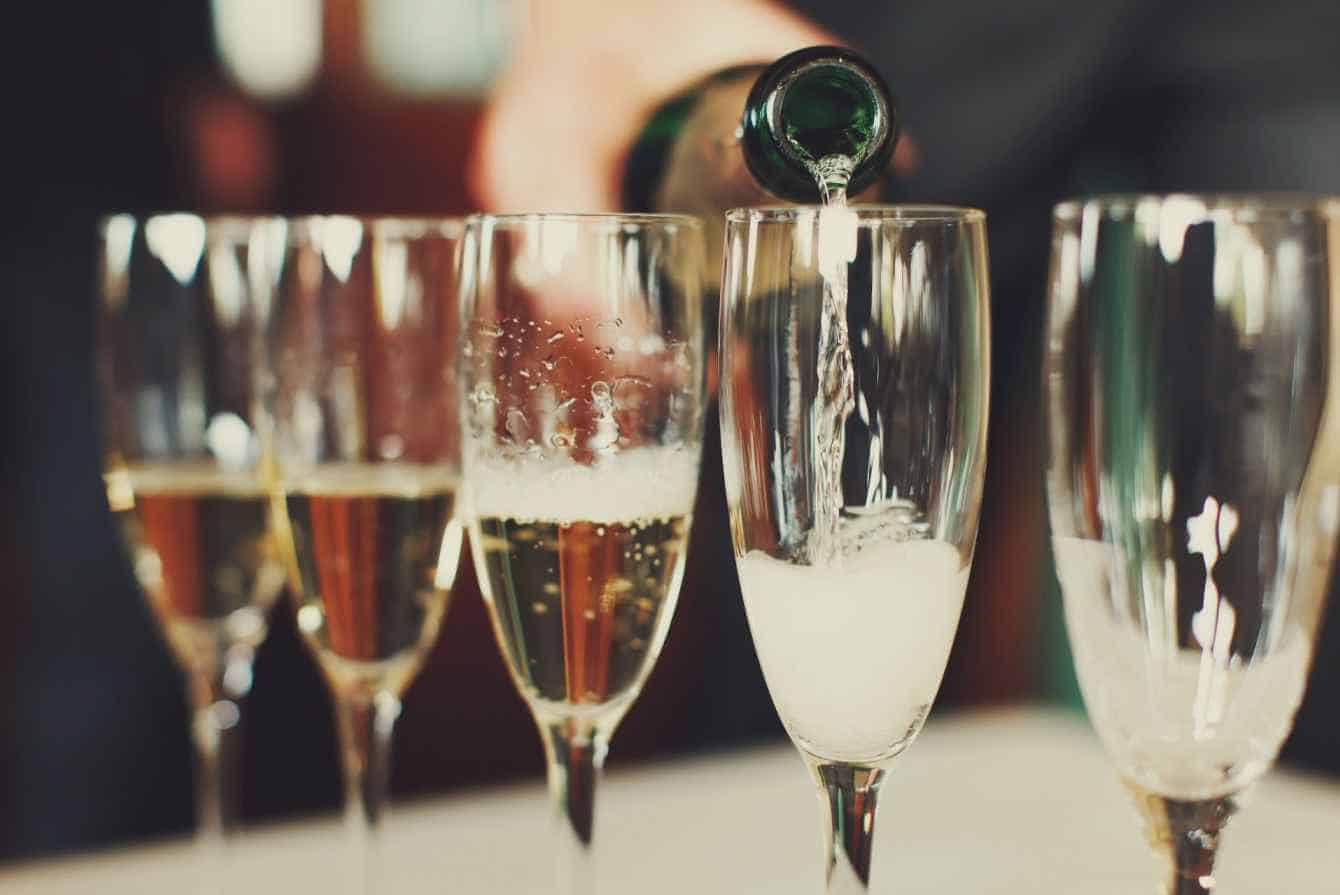
Here are some of the typical wines that can have the ‘sur lie’ label on them.
Champagne
Nothing beats the taste of refined and aged Champagne! This wine is quite unique as it takes an unusually long time to mature fully, sometimes up to five years in the lees. That extra maturation process means you can look forward to a velvety smooth sipper with irresistible honeyed and zesty citrus notes.
Muscat
The majority of Muscadet is typically aged for a period of 6 to 9 months in regularly-stirred barrels. This process helps to enhance the presence of citrus peel flavors, fresh peach notes, and an overall rich oily texture in the wine.
Chardonnay
Chardonnays undergo a meticulous aging process for a duration of 15 months on their lees, which refrains from any stirring or bâtonnage.
This particular method helps to enhance the notes derived from the ripe fruit flavors, including starfruit, citrus, and apple. Furthermore, the aromatic mid-palate contributes to a delightful and lively finish.
The Nutritional Value of Wine Lees
Other than their benefits in the taste, wine lees can also offer many nutritional advantages, such as:
Polyphenols
The residue from — or lees of — wine can contain polyphenolic compounds that are derived from grape skins and seeds. Not only are these polyphenols known to act as antioxidants, but research has revealed that they may help reduce oxidative stress, protect against cardiovascular disease, and serve an anti-inflammatory purpose.
Dietary Fibers
The consumption of wine lees can actually be beneficial for your diet, as it contains dietary fiber. Like many fermented goods, it improves and regulates bowel movement and gut health.
Furthermore, adding wine lees to your meal plan could reduce cholesterol levels and manage blood sugar levels. It’s among the most popular benefit of any fermented product.
Conclusion
With that, you are now introduced to wine lees’ extraordinary and not-so-beneficial properties. Make sure to try some of its long list of wine varieties!
